The 14 Open Championship Venues
Of the 14 Open Championship venues past and present, nine are on the current rota while five are no longer used...


In 2023, The Open Championship returns to Royal Liverpool on the Wirral for the 13th time, one of nine links courses on the current rota spread across England (4), Scotland (4) and Northern Ireland (1).
There are five 'forgotten' Open venues which no longer host the championship, including Prestwick, which held the inaugural event in 1860 and the first 12 before it went to St Andrews for the first time in 1873. Despite no longer hosting The Open, all five 'forgotten' venues are very much alive and well!
Here, we take a look at all 14 of the current and former Open Championship venues...
The 14 Open Championship Venues
Current courses
St Andrews

The Old Course at St Andrews hosted the 150th Open in 2022
Arguably the most famous golf course in the world, St Andrews Old Course in Fife, with its rich history, has been an Open Championship venue on 30 occasions since its 1873 debut.
It is considered such an integral part of Open Championship heritage and history that it has generally staged The Open every five years since 1990, though it was seven years between Zach Johnson's 2015 play-off victory over Marc Leishman and Louis Oosthuizen and Cameron Smith's win in 2022.
This was partly because The R&A wanted the 150th staging to be in St Andrews, and partly because the 2020 event planned for Royal St George's had to be cancelled due to the Covid pandemic and rescheduled for 2021.
St Andrews is the Home of Golf, the Old Course its beating heart. There is only one word that describes it - unique. With its double greens and crossovers, challenging slopes and gaping bunkers, there is nothing quite like it.
Subscribe to the Golf Monthly newsletter to stay up to date with all the latest tour news, equipment news, reviews, head-to-heads and buyer’s guides from our team of experienced experts.
Muirfield
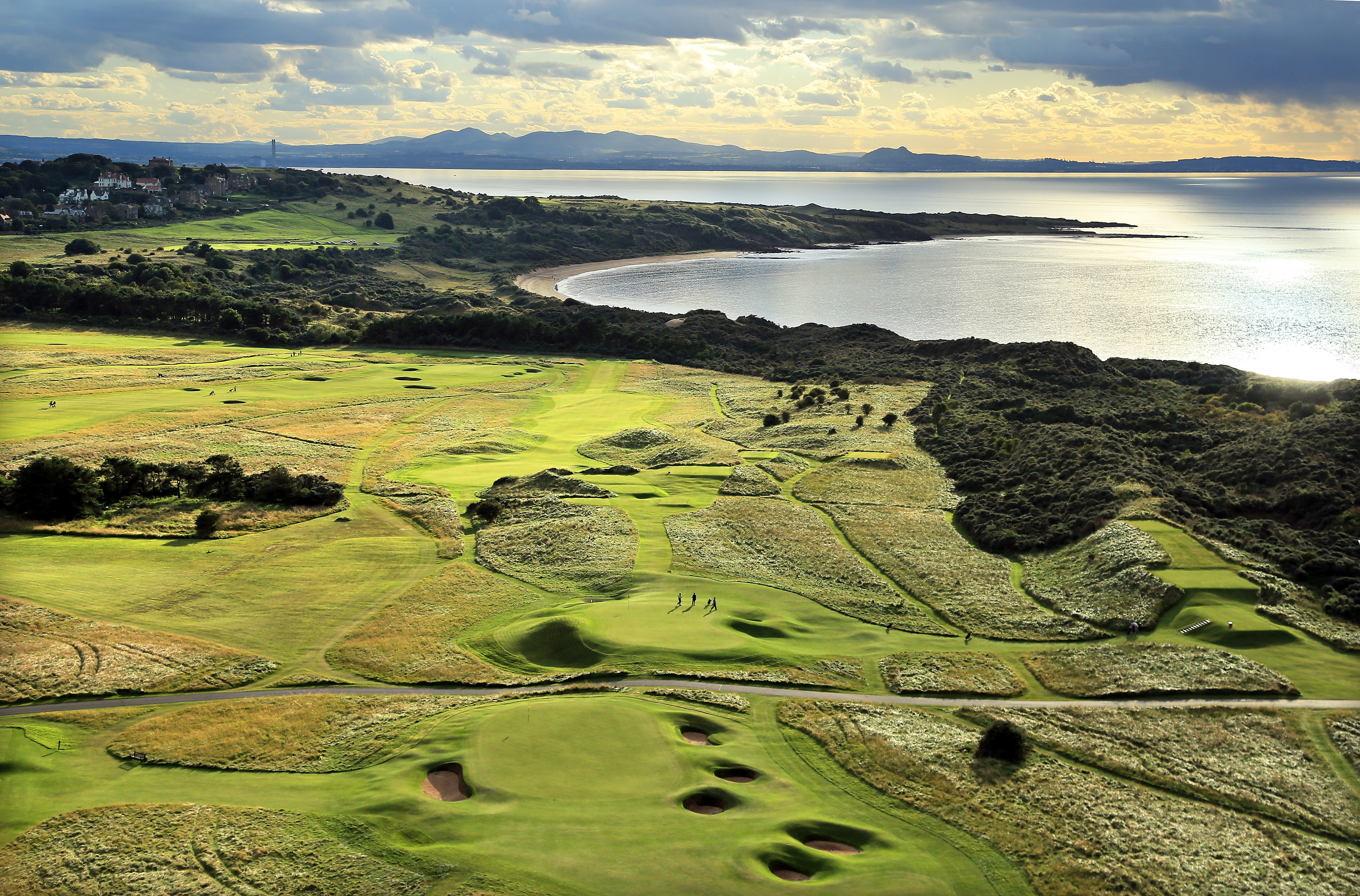
12th and 4th holes at Muirfield from the air
Muirfield in East Lothian has been part of The Open Championship rotation since 1892, since when it has welcomed the world's best on 15 further occasions, most recently in 2013.
Among the greats of the game to triumph on this highly regarded links are James Braid, Walter Hagen, Jack Nicklaus, Gary Player, Tom Watson, Nick Faldo (twice), Ernie Els and, most recently, Phil Mickelson.
The layout is unusual for a Scottish links as it plays in two loops. The front nine skirts the perimeter in a clockwise direction before the 10th leads into the heart of the course and the inner loop, played in a largely anti-clockwise direction. Although the ground is undulating, there’s only one blind shot (from the 11th tee). Jack Nicklaus, who won the 1966 Open here, summed it up when he said, “What you see is what you get.”
Royal St George's

Looking down on the 5th and 6th at Royal St George's
Royal St George's in Sandwich on the Kent coast hosted the 2021 Open won by Collin Morikawa. It was the 15th time the Championship had visited here since its debut in 1894, when JH Taylor triumphed the first time The Open strayed outside of Scotland.
In 2011, Darren Clarke picked up an emotional victory here, while in 2003, Ben Curtis was a 500-1 winner as Thomas Bjorn ran into sand trouble down the stretch.
Set over a beautiful tract of unspoiled seaside land, every hole is distinct. The course is consistently good, with standout holes including the testing par-4 4th, where you must drive over one of Britain’s most famous bunkers, and the brilliant par-5 14th, with OOB tight right all the way up to the green.
Royal Liverpool

Royal Liverpool's brand new par-3 15th (played as the 17th during The Open)
After a near 40-year hiatus, The Open returned to Royal Liverpool in 2006 with Tiger Woods winning for the second consecutive year.
Rory McIlroy won the most recent edition in 2014 by two strokes over Sergio Garcia and Rickie Fowler, his solitary Open victory to date, though he will no doubt be looking to repeat the feat to remedy that in 2023.
At the tip of the Wirral peninsula, it’s a superb layout set on fairly flat ground, with a run of particularly memorable holes along the Dee estuary in the middle of the back nine.
Royal Troon

The run for home is tough at Royal Troon
Royal Troon has played host to the Championship nine times, most recently in 2016 when Henrik Stenson and Phil Mickelson engaged in a truly epic duel for the title.
The links has one of the shortest and greatest holes of all the Open venues in its 123-yard par 3 known as the 'Postage Stamp'. It will next play host to The Open in 2024.
Royal Troon is a natural but subtle layout with views out to the Ailsa Craig, Arran and the Kintyre peninsula. It’s a links that demands shot-making and the ability to manipulate ball flight, and gorse is often a threat too.
Royal Lytham and St Annes
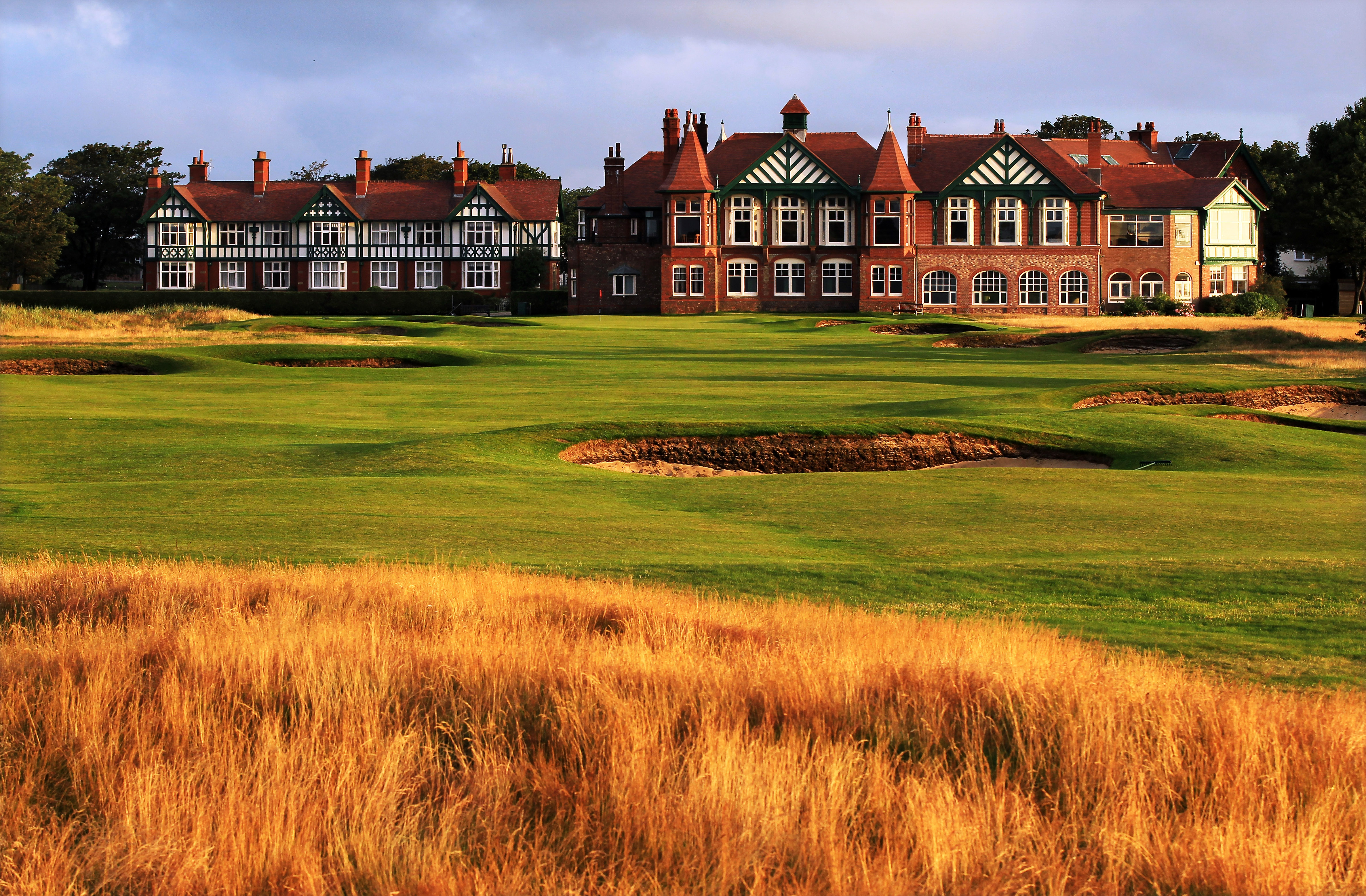
The 18th and striking clubhouse beyond at Royal Lytham and St Annes
The Open has visited Royal Lytham and St Annes in north-west England 11 times and it is widely regarded as one of its toughest tests, maybe even the toughest of the four English venues.
Lytham is a course where accuracy is key, and placement from the tee essential. It is extremely well bunkered. On the front nine, the railway flanking the course provides a persistent threat and the run for home is particularly challenging, as Adam Scott found out to his cost in 2012.
Ernie Els was the champion that year, but for many, Lytham is most synonymous with Seve, who won here twice, in 1979 and 1988. Lytham has also hosted two Ryder Cups, in 1961 and 1977.
Carnoustie

Carnoustie is perhaps best remembered for a moment of insanity from Jean Van De Velde, when he made a mess of the final hole in 1999 and eventually lost in a play-off to Paul Lawrie, who was a thoroughly deserving winner on account of his superb final round.
There's no doubt that the Angus links has a reputation for being one of the toughest, if not the toughest, on the rota. In 1999, six over par got three players into the play-off.
In 2018, Francesco Molinari secured the trophy with a stellar performance on the Championship's eighth visit to Carnoustie.
Prior to the 1931 Open, it was decided the finishing holes were not challenging enough, so local man, James Wright, redesigned the final three. It’s fair to say he was successful as he, arguably, created the toughest closing stretch in British golf.
Royal Portrush

Royal Portrush unveiled two new holes for the 2019 Open including the par-5 7th
The Open Championship finally returned to Royal Portrush and Northern Ireland in 2019 after a 68-year gap. England's Max Faulkner won the previous Portrush Open in 1951
One of the very best golf courses in Northern Ireland, it remains the only course outside Scotland and England to have hosted the Open.
Ireland's Shane Lowry famously claimed the Claret Jug with a six-shot victory, becoming just the second player from south of the border to win a Major after Pádraig Harrington.
Two excellent new holes were created for the 2019 Open - the 7th and 8th - fitting in seamlessly with spectacular holes such as the par-4 5th where you drive from an elevated tee down towards the ocean. The final par 3, Calamity Corner, can require almost any club in the bag as you attempt to fly the ball over a deep chasm.
Royal Birkdale

The excellent par-3 12th hole at Royal Birkdale
Royal Birkdale came quite late to The Open party, playing host for the first time as recently as 1954, when Peter Thomson claimed the first of his five titles.
Nine more Opens have visited the famous Lancashire links since then, most recently in 2017 when Jordan Spieth rallied miraculously to pip Matt Kuchar, spurred on by a hugely unlikely bogey from the practice ground after taking a drop on the 13th hole in the final round.
It has also hosted two Ryder Cups, the most famous of which was in 1969 when Jack Nicklaus generously gave Tony Jacklin a short putt for a half.
Although the holes play along reasonably level ground, the course is blessed with some of the most impressive dunes in the country. These make it one of our most visually attractive links, while also giving each hole its own separate entity.
Former courses
Turnberry

The spectacular par-3 11th at Turnberry with the lighthouse beyond
It seems strange to be writing about Turnberry's Ailsa course in Ayrshire as a former venue, but as things stand, it is.
One of the most famous sights in golf within these shores has to be the Turnberry lighthouse, which dominates the course and coastline.
Turnberry's Open career has been quite short but very sweet, starting out as recently as 1977 when it witnessed the famous Duel in the Sun between Tom Watson and Jack Nicklaus.
Watson came out on top then and so nearly did again in Turnberry's final Open (as things stand), losing out in a play-off to Stewart Cink at the age of 59.
The course underwent spectacular and highly acclaimed changes in 2016, but there will be no further Turnberry Opens under the resort's current ownership, as Martin Slumbers, chief executive of The R&A, confirmed at the start of 2021: “We have no plans to stage any of our championships at Turnberry and will not do so in the foreseeable future. We will not return until we are convinced that the focus will be on the championship, the players and the course itself and we do not believe that is achievable in the current circumstances.”
Prestwick
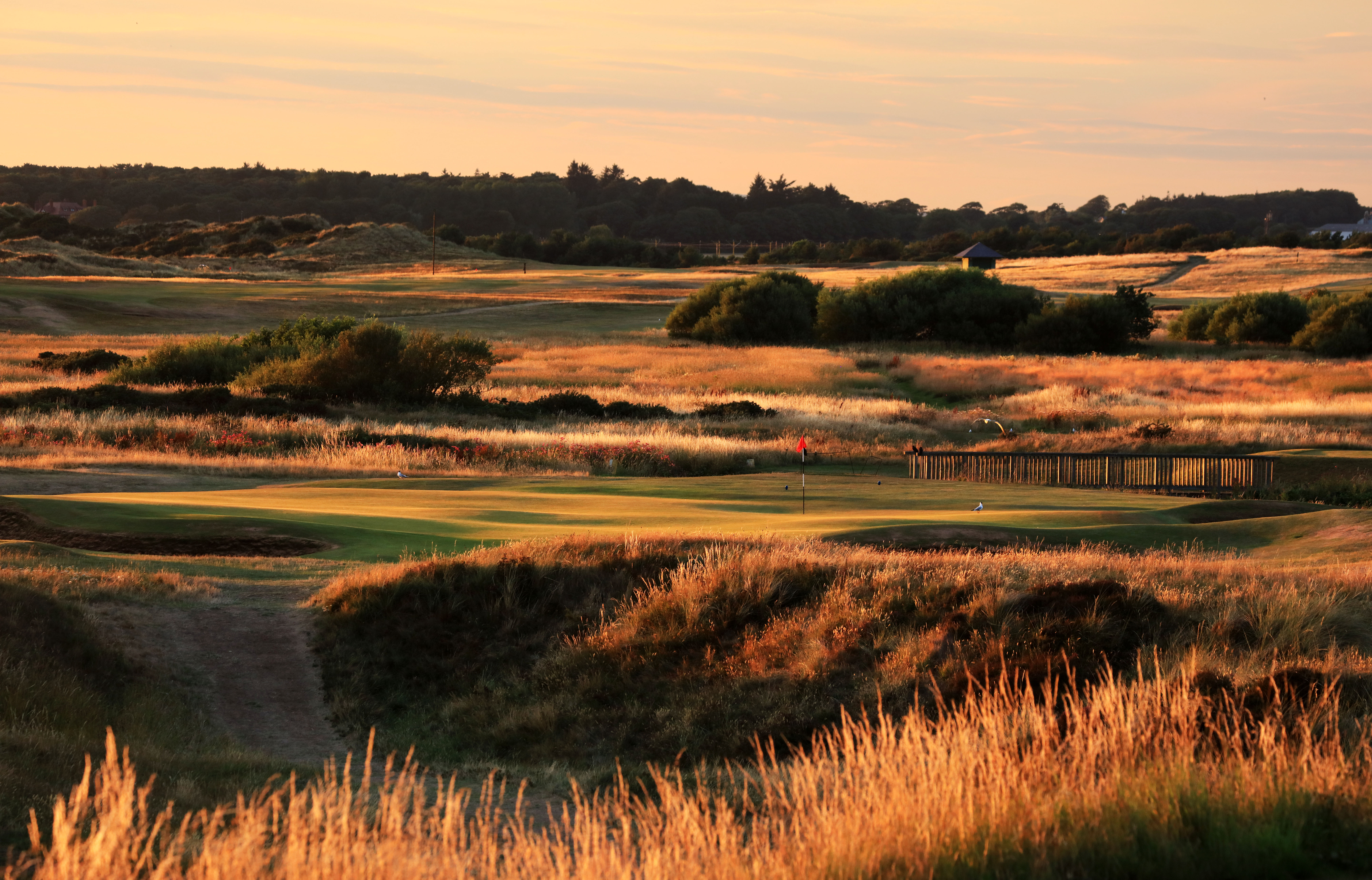
Prestwick in Ayrshire hosted the first 12 Opens
Prestwick in Ayrshire is one of the oldest golf clubs in the world, and from 1860 until 1925 it was one of the main courses on the Open rotation.
In fact, it hosted the inaugural Open (over a 12-hole courses initially), the first 12 Opens and 24 in total. It last staged the Championship in 1925.
Sadly, The Open outgrew Prestwick nearly 100 years ago, but it is still a beguiling place to play – a links where mere mortals can tread the same historically important turf as those early Open pioneers and find their games still fully tested.
Musselburgh
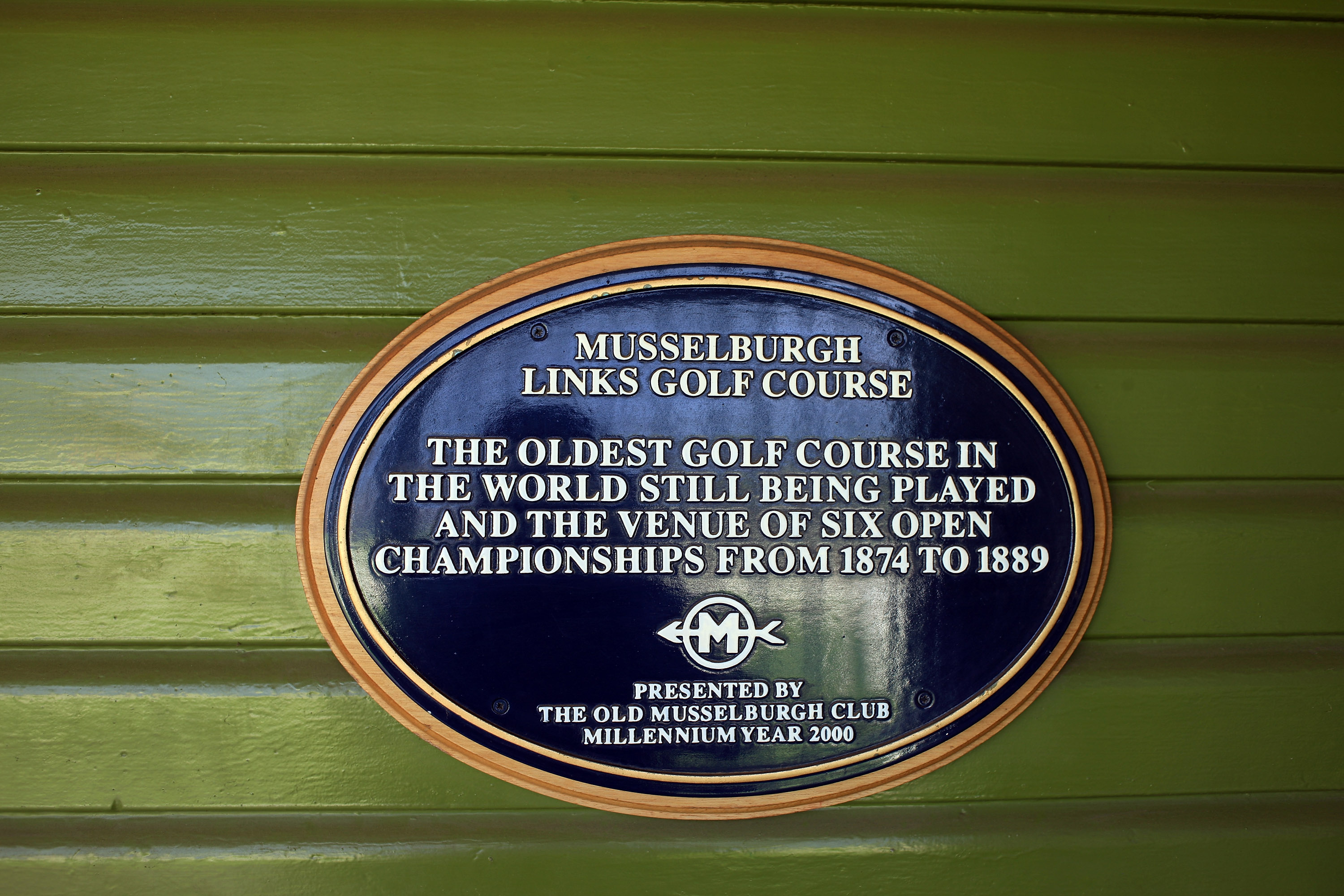
The nine-hole links at Musselburgh is of major historical significance in golf
As this photo shows, Musselburgh Links beside the racecourse is officially the oldest golf course in the world as certified in the Guinness World Records.
The East Lothian links hosted six Opens over a 16-year period from 1874 to 1889 on its nine-hole course, with early greats such as Wille Fernie and Willie Park Junior among its champions
Royal Cinque Ports
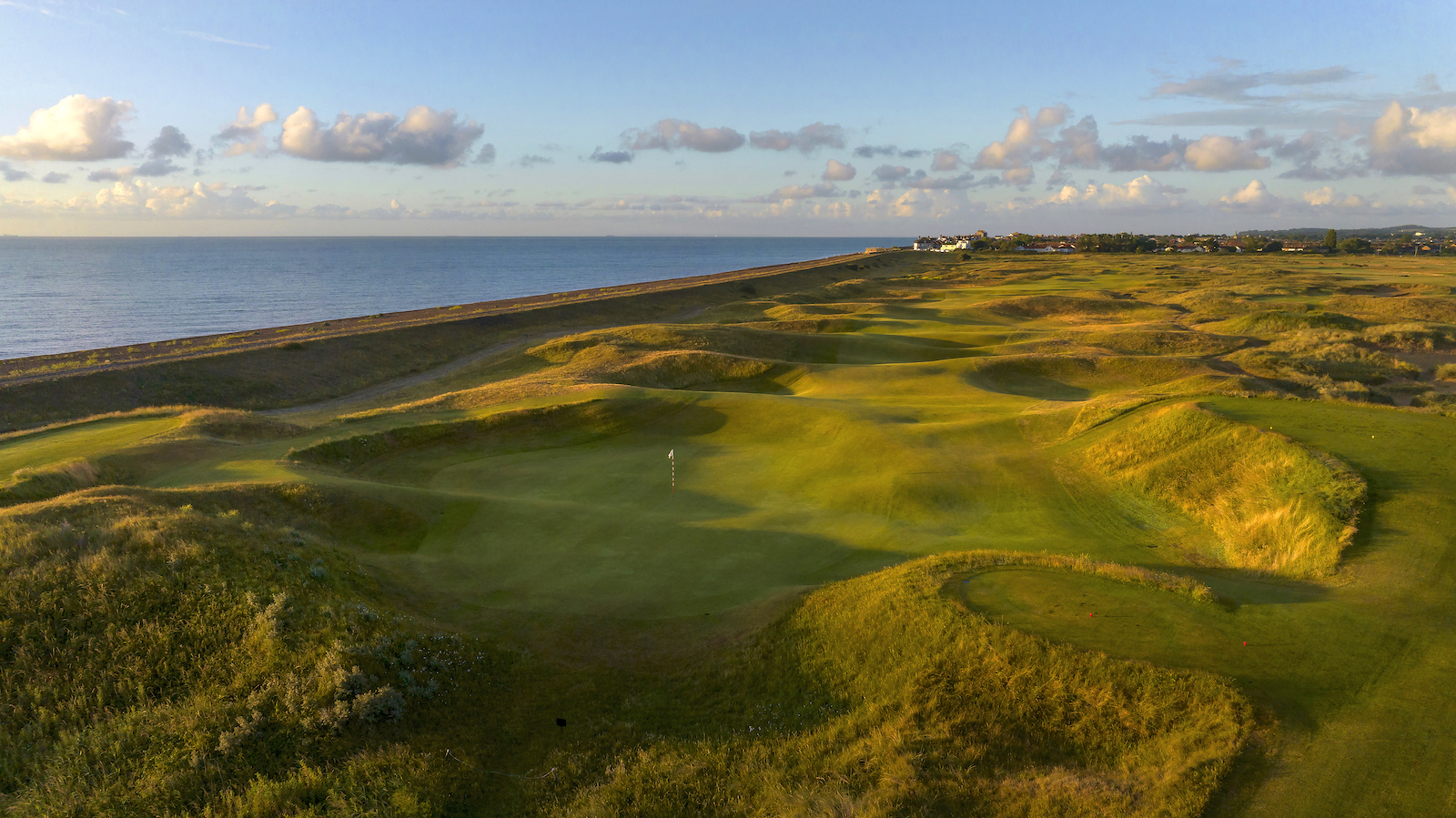
The par-5 3rd plays over rollercoaster terrain to a sunken green
Royal Cinque Ports Golf Club, on the same Kent coastline as Royal St George's and Prince's, was an Open venue in 1909 and 1920, but two later tournaments were moved due to high tides that engulfed the course and it never reappeared on the rota.
The links, also often referred to as Deal, hugs the sea wall at times on the outward nine, with some cracking moments in among the taller dunes here, including the par-5 3rd, which plays semi-blind to a fascinating sunken green.
Prince's
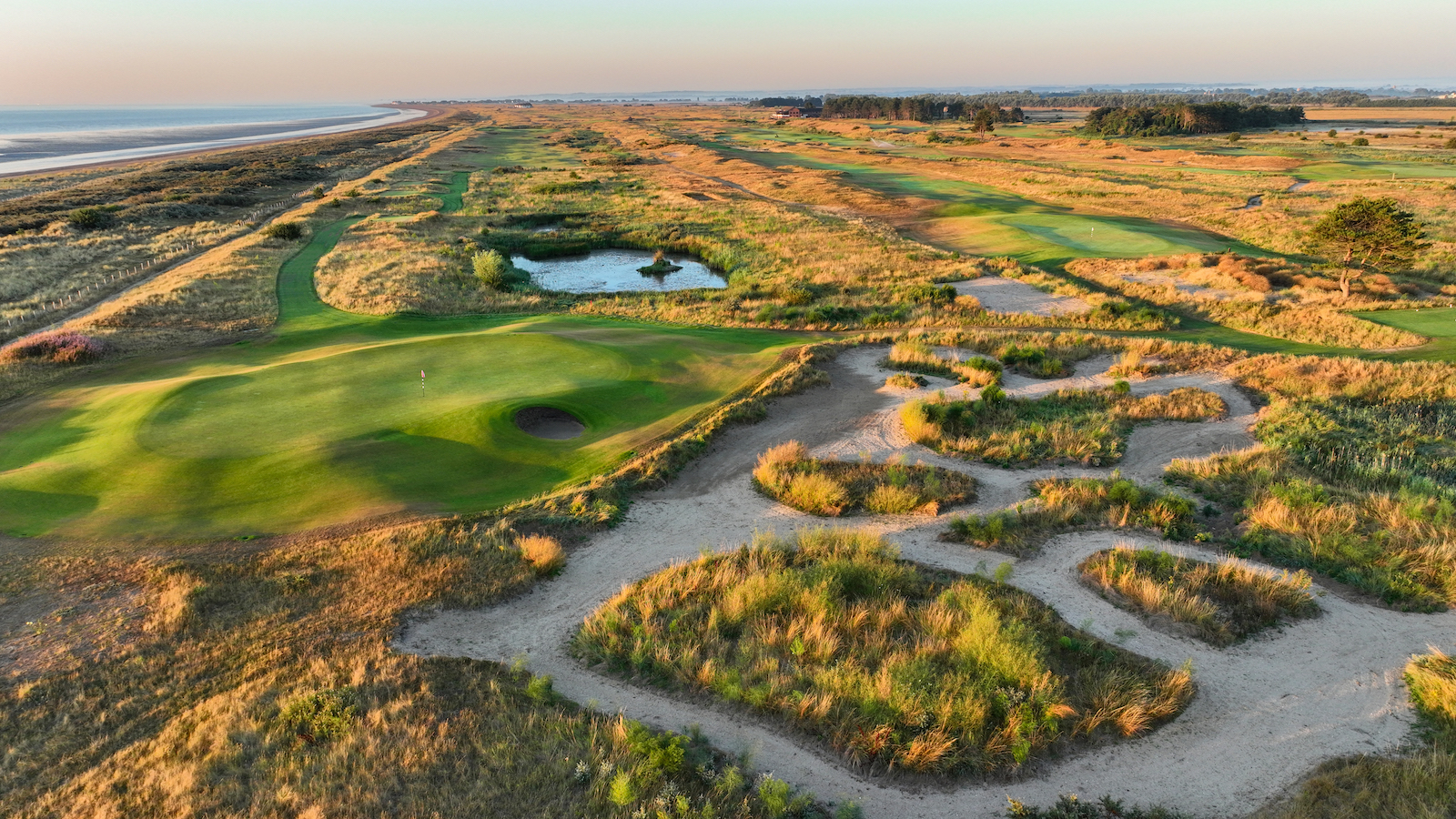
The stunning new par-3 5th on the Himalayas nine at Prince's
The final course to have held the Open Championship - and now the only one to have hosted it just once following Royal Portrush's 2019 return - is Prince's Golf Club in Sandwich, England.
Prince's hosted the Championship in 1932, when American Gene Sarazen triumphed having introduced his new sand wedge to the golfing world to cope with the course's deep bunkers.
The course suffered badly in World War II and was then extended and redesigned as a 27-hole complex in the 1950s.
In recent times, major upgrades have taken place under the guidance of Martin Ebert, with the introduction of two brand new par 3s and a vast number of open sand areas. These extensive improvements saw the combination of the Himalayas and Shore nines enter the Golf Monthly UK&I Top 100 for the first time in 2021 in 76th place. The third nine is called the Dunes.

Jeremy Ellwood has worked in the golf industry since 1993 and for Golf Monthly since 2002 when he started out as equipment editor. He is now a freelance journalist writing mainly for Golf Monthly. He is an expert on the Rules of Golf having qualified through an R&A course to become a golf referee. He is a senior panelist for Golf Monthly's Top 100 UK & Ireland Course Rankings and has played all of the Top 100 plus 91 of the Next 100, making him well-qualified when it comes to assessing and comparing our premier golf courses. He has now played 1,000 golf courses worldwide in 35 countries, from the humblest of nine-holers in the Scottish Highlands to the very grandest of international golf resorts. He reached the 1,000 mark on his 60th birthday in October 2023 on Vale do Lobo's Ocean course. Put him on a links course anywhere and he will be blissfully content.
Jezz can be contacted via Twitter - @JezzEllwoodGolf
Jeremy is currently playing...
Driver: Ping G425 LST 10.5˚ (draw setting), Mitsubishi Tensei AV Orange 55 S shaft
3 wood: Srixon ZX, EvenFlow Riptide 6.0 S 50g shaft
Hybrid: Ping G425 17˚, Mitsubishi Tensei CK Pro Orange 80 S shaft
Irons 3- to 8-iron: Ping i525, True Temper Dynamic Gold 105 R300 shafts
Irons 9-iron and PW: Honma TWorld TW747Vx, Nippon NS Pro regular shaft
Wedges: Ping Glide 4.0 50˚ and 54˚, 12˚ bounce, True Temper Dynamic Gold 105 R300 shafts
Putter: Kramski HPP 325
Ball: Any premium ball I can find in a charity shop or similar (or out on the course!)